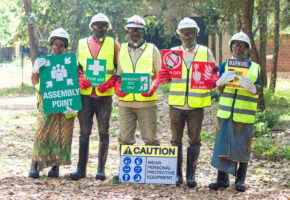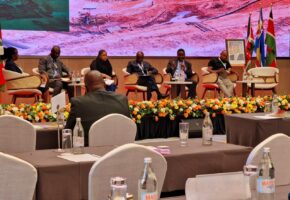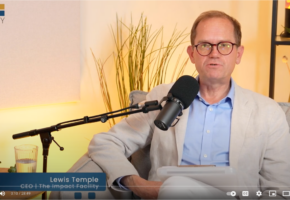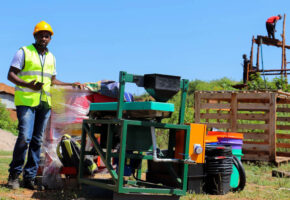
Cyrus Njonde Maina
Other posts by Cyrus
- Unlocking Kenya’s Mining Potential: Reflections from the 2024 Annual Mining Investment Conference and Expo
- The Impact Facility’s Experience On The Roll-Out of the Mine Investment Partnership Plans (IPPs)
- Formalisation and Financial Inclusion Dialogue of Artisanal and Small-scale Gold Mining in Kenya
- Empowering Women in Gold Processing Through Financial Literacy Training
- Sharon’s experience in mining as an intern and a change agent

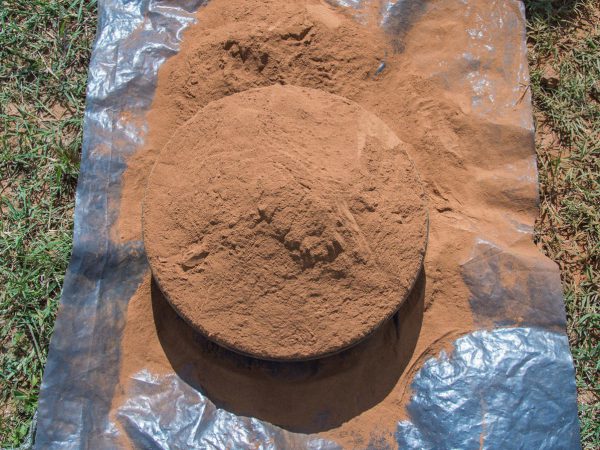
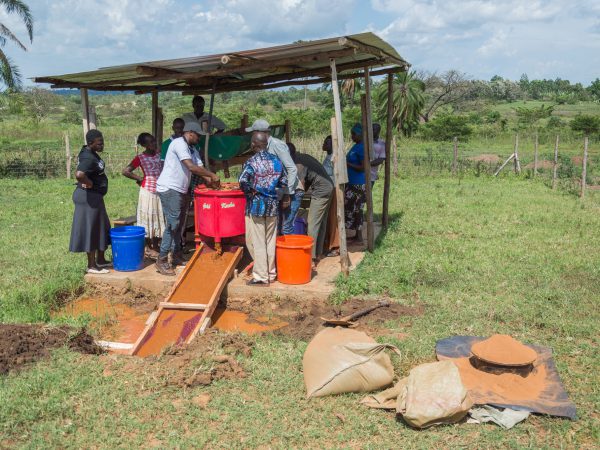
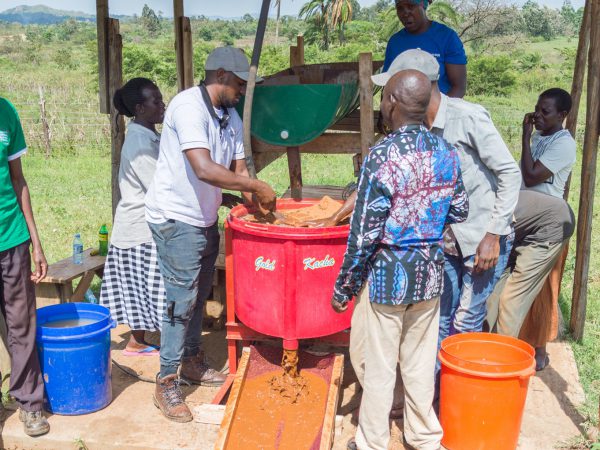
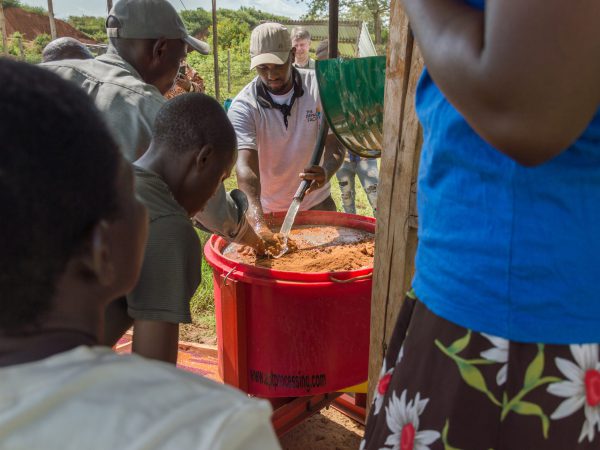
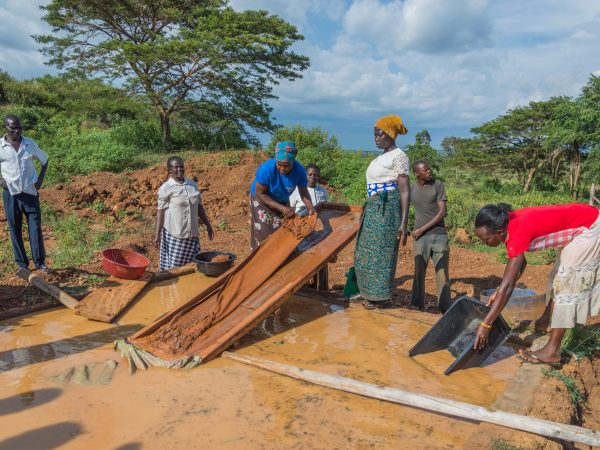
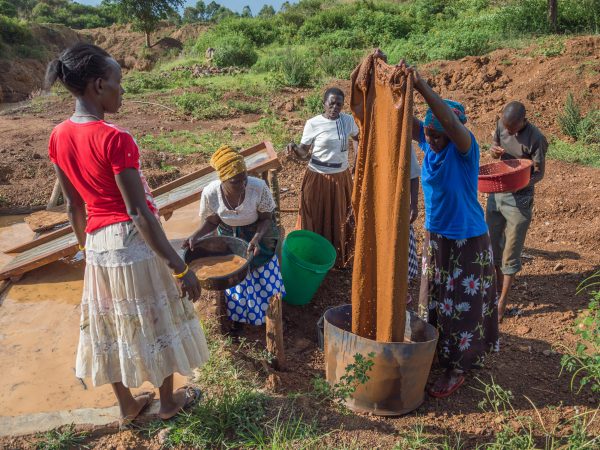
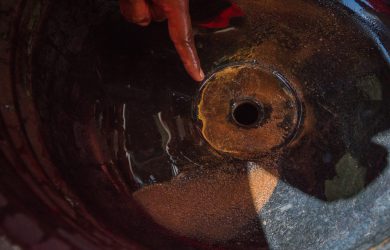
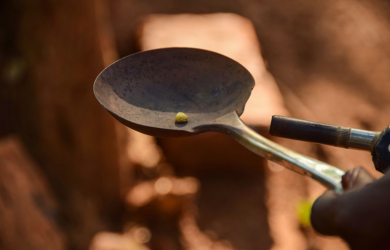
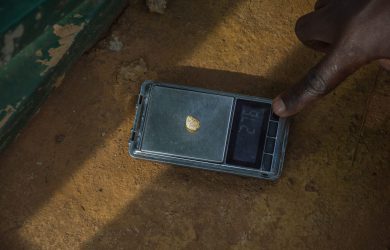

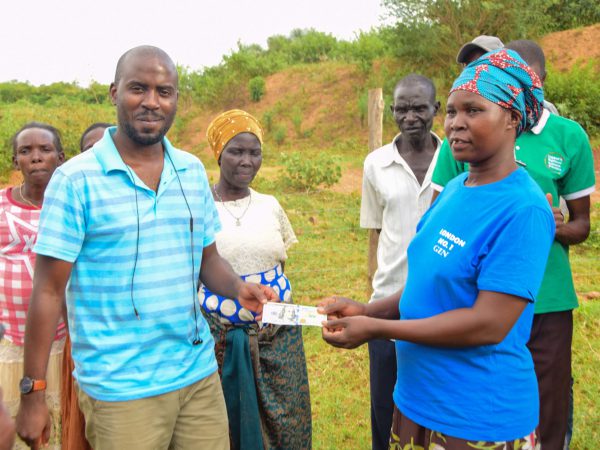
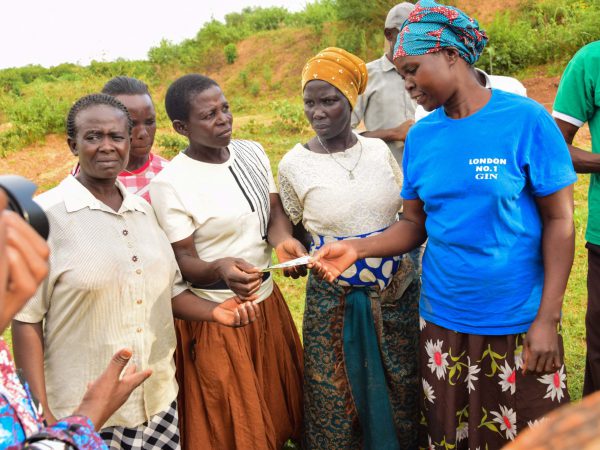
 Cyrus Njonde then discussed the Memorandum of Understanding for subsequent investments in equipment with the Impact Facility with three Tiira Artisanal Mining Leaders, explaining to them the particulars they would discuss internally, before receiving any new mining equipment. This was necessary due to the new set of mining compressors and high-level water pumps miners would receive for their flooded mine pits. The leaders would furnish The Impact Facility with several requirements after which new machinery would be ordered, shipped and delivered to the
Cyrus Njonde then discussed the Memorandum of Understanding for subsequent investments in equipment with the Impact Facility with three Tiira Artisanal Mining Leaders, explaining to them the particulars they would discuss internally, before receiving any new mining equipment. This was necessary due to the new set of mining compressors and high-level water pumps miners would receive for their flooded mine pits. The leaders would furnish The Impact Facility with several requirements after which new machinery would be ordered, shipped and delivered to the 